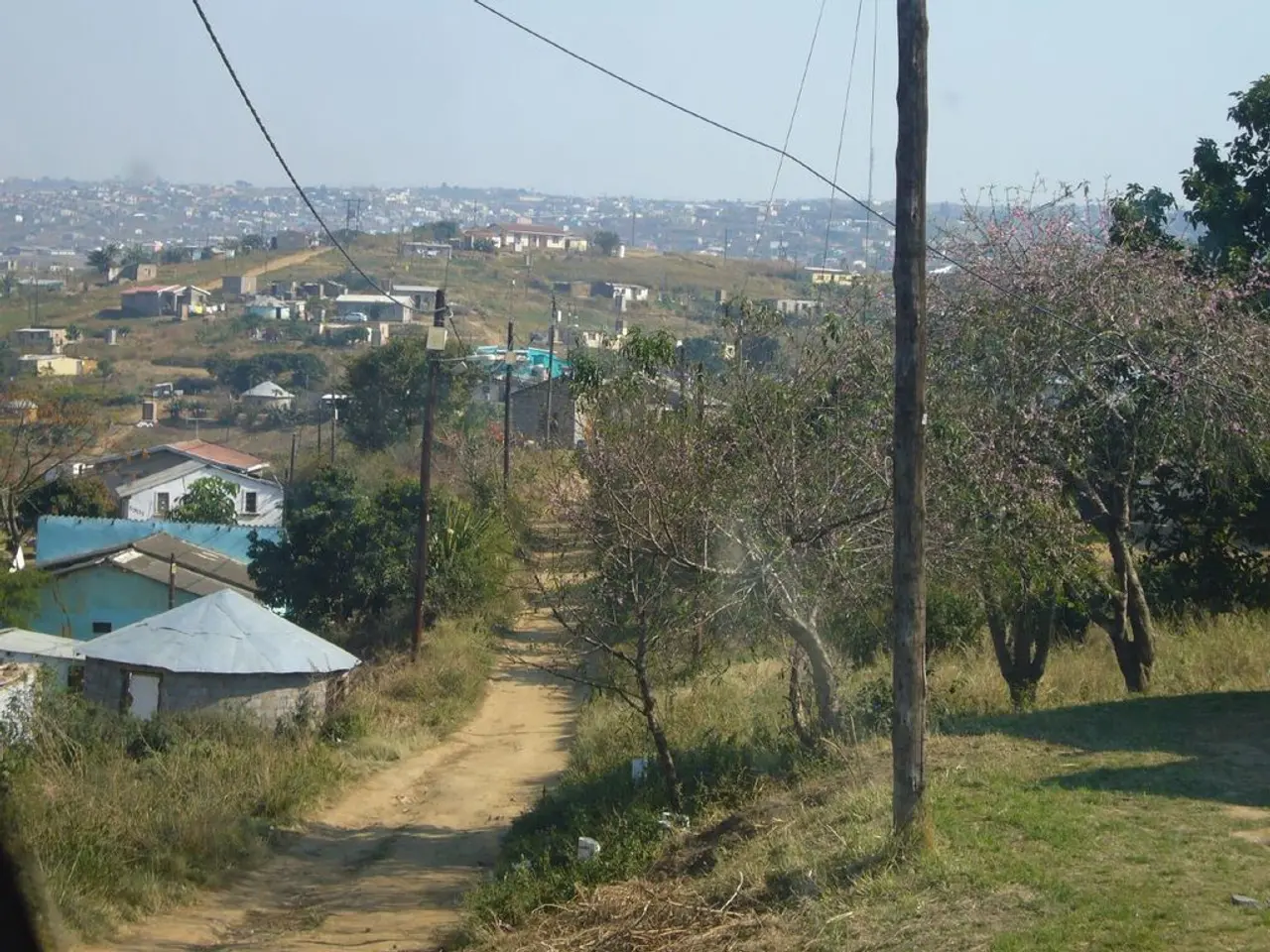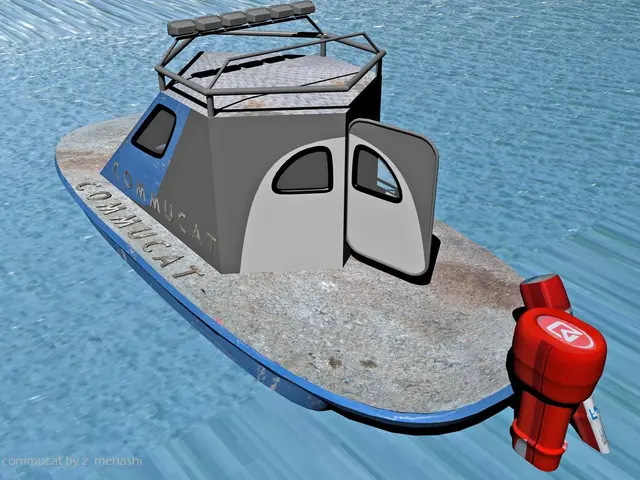Restoration of Ecosystems via Permaculture Practices
Permaculture, a sustainable land-use system, is making waves in the fight against climate change. This innovative approach, which focuses on mimicking nature's solutions, has proven effective in various settings, from small gardens to large-scale projects.
One of the key principles of permaculture is diversity. By promoting techniques like agroforestry and polycultures, permaculture helps fix damaged ecosystems and boost biodiversity. This is crucial in today's world, where ecosystems are under threat and biodiversity is declining at an alarming rate.
Permaculture also aims for zero waste, reusing, recycling, or composting resources to reduce methane emissions from landfills and promote resource efficiency. This approach not only helps the environment but also contributes to a more sustainable and efficient use of resources.
In disaster recovery and prevention, permaculture has shown remarkable results. Initiatives like the Garden to Garden Releaf program and the Witnessing Trees Project have demonstrated this effectiveness. The Garden to Garden Releaf program sets up gardens and rainwater systems for displaced people, providing a method of permaculture disaster recovery. The Witnessing Trees Project, on the other hand, studies old-growth trees in climate-vulnerable regions, focusing on their role in ecosystem-based disaster risk reduction.
The Regenerative Aid Lab and the Re:Source Regeneration Labs are other initiatives that use permaculture and ecovillage design to help different groups work together, promoting regenerative design and collective impact. These labs look at how regenerative design can help in emergencies, using permaculture and ecovillage design in disaster relief.
Successful permaculture projects like the Loess Plateau in China and Zaytuna Farm in Australia demonstrate the effectiveness of this approach. The Loess Plateau, which has faced severe land degradation, has seen significant improvements through ecosystem restoration. Zaytuna Farm, a large-scale permaculture project covering 25,000 hectares, includes a food forest, smart water harvesting, and green buildings.
The Greening the Desert Project in Jordan, conducted by Geoff Lawton and his team, is another inspiring example. This project turned a dry area into a lush oasis, showing that permaculture can work even in harsh environments.
Permaculture is more than just a way to use land; it's a key solution to climate change. By promoting sustainable agriculture, ecosystem restoration, and carbon sequestration, permaculture can help fight climate change by making resources last longer, cutting down on waste, and fixing ecosystems.
In conclusion, permaculture offers a holistic approach to landscape design that focuses on site-specific details like topography and climate. By learning from successful projects like the Loess Plateau and the Greening the Desert Project, we can fix damaged lands, build strong, green communities, and contribute to a more sustainable future.
Read also:
- Inequalities in colorectal cancer among racial groups: Insights and actions for support
- Liver Cancer Treatment Method: Insights into Function, Potential Sidelines, Efficiency
- Medical professionals at St. Remigius Hospital's rear facilities in Alexian
- Boron's Impact on Bone Health and its Connection with Bey (Title omitted)








